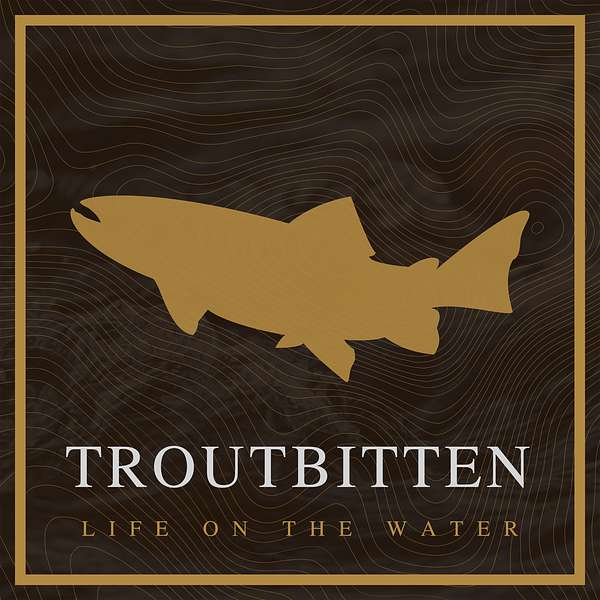
Troutbitten
Life on the water. Troutbitten is a deep dive into fly fishing for wild trout in wild places. Author and guide, Domenick Swentosky, shares stories, tips, tactics and conversations with friends about fly fishing through the woods and water. Explore more. Fish hard. And discover fly fishing at Troutbitten.com — an extensive resource with 1500+ articles about trout, friends, family and the river.
Troutbitten
Learning a River and Discovering Its Secrets
You can’t really learn a river until you’ve learned to fish. You need some confidence in your skills to cover a section of new water, to fish it well and then walk away with some opinions about what that river holds rather than asking questions about your techniques and decisions.
Learning a river comes by dedicating your time. You must give a part of your life to a river to learn it from top to bottom. And yes, it takes seasons on the water just to crack the surface. (And it probably takes a decade or more to crack the code.)
But for many of us, for those who live a fly fishing life, who dedicate our free time to pursuing trout and learning the game, the questions that a watershed asks are seductive. Why do you find fewer large trout in the lower island section in the fall? What river conditions are required for trout to move to the shallows and comfortably feed after dark? When should you expect the Sulfur hatch, and are there two sizes or just one?
These questions have answers. And the more we fish one waterway, the more details we discover, the more data we enter into a catalog of knowledge about a favorite trout stream.
Rivers are an ever-changing, complex ecosystem of life, water and land. They are influenced by weather, surrounding community development and sometimes the anglers themselves. Nothing is static. Nothing is truly predictable. But there’s also no denying the habit of trout. And once you spend time wading with these fish, observing their habits and watching how the changes affect their behaviors, then time itself finally stacks in your favor. The observant angler becomes part of that ecosystem. And we begin to predict the paths of trout by instinct.
Achieving that level of knowledge is a rare reward. But it is attainable. And the journey toward that knowledge is a respectable pursuit.
I’m joined again by the Troutbitten crew, Trevor Smith, Matt Grobe, Bill Dell, and Austin Dando. I can tell you that each of these fishermen know their local waters exhaustively, from to deep to shallow, from bank to bank, winter, spring, summer and fall. They know the rhythms of their waters.
We Cover the Following
- Listener question about dry flies on the Mono Rig
- Research via maps, books, etc.
- Trout population and species
- Learning the flows
- Exploring from the mouth to the headwaters
- Season changes and migratory habits
- . . . and more
Resources
READ: Troutbitten | Dry Flies on the Mono Rig
READ: Troutbitten | The Last Good Island
READ: Troutbitten | Save the Discovery
Visit:
Troutbitten Website
Troutbitten Instagram
Troutbitten YouTube
Troutbitten Facebook
Thanks to TroutRoutes:
Use the code TROUTBITTEN for 20% off your membership at
https://maps.troutroutes.com
Thanks to Skwala
Use the code, TROUTBITTEN10 for 10% off your order at
https://skwalafishing.com/